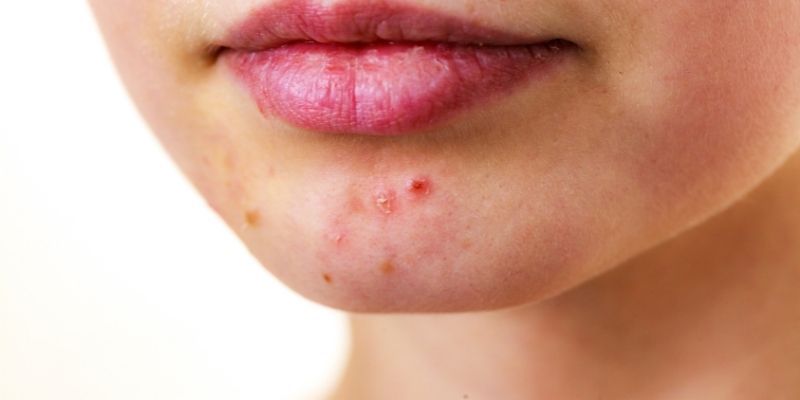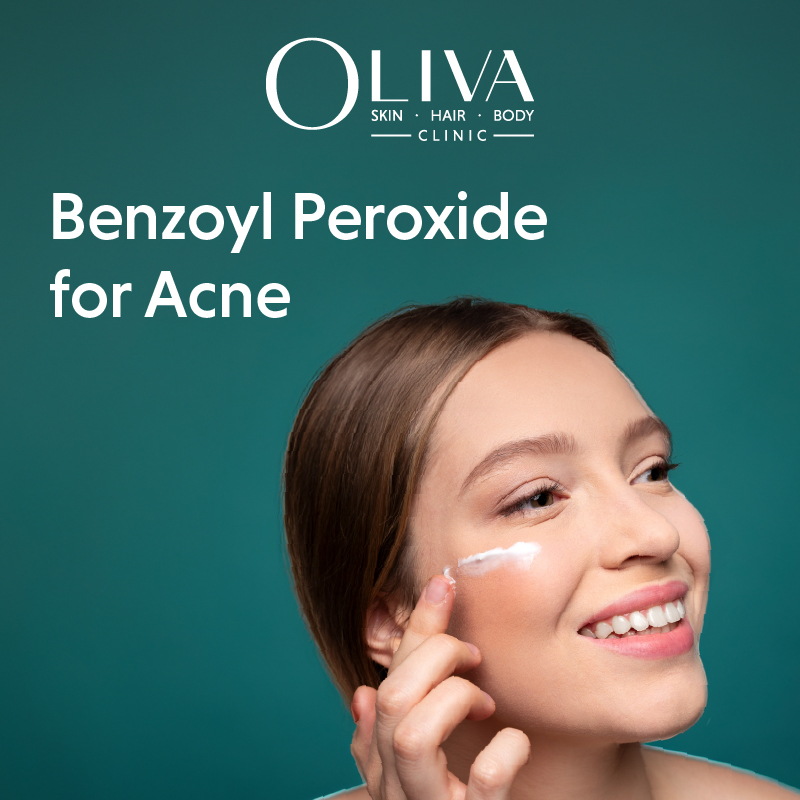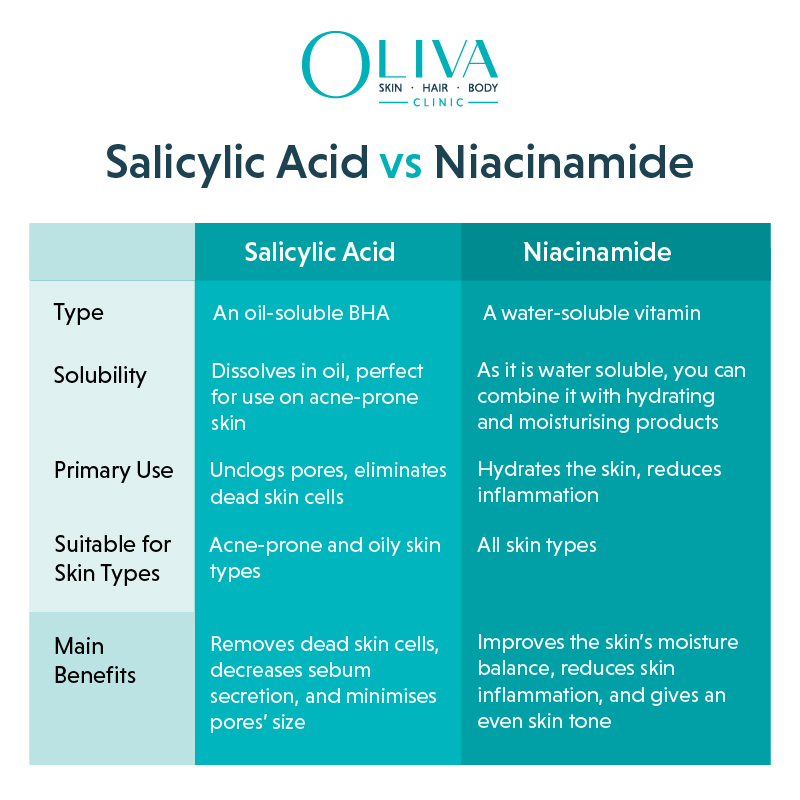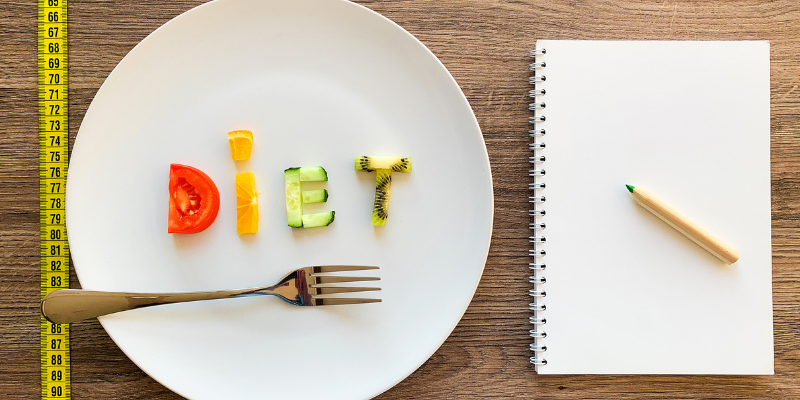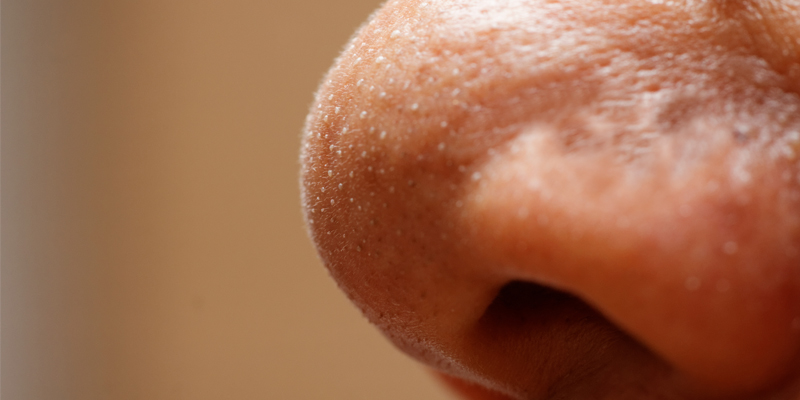Amazing Benefits Of Glycolic Acid Peel For Acne, Scars & Hyperpigmentation
‘Glycolic Acid’ is a chemical name that is becoming increasingly popular in the recent months. This is especially in the case of skin care products and services. Before we delve into how this chemical is being used for skin care, let us understand what glycolic acid is first.
Table Of Content
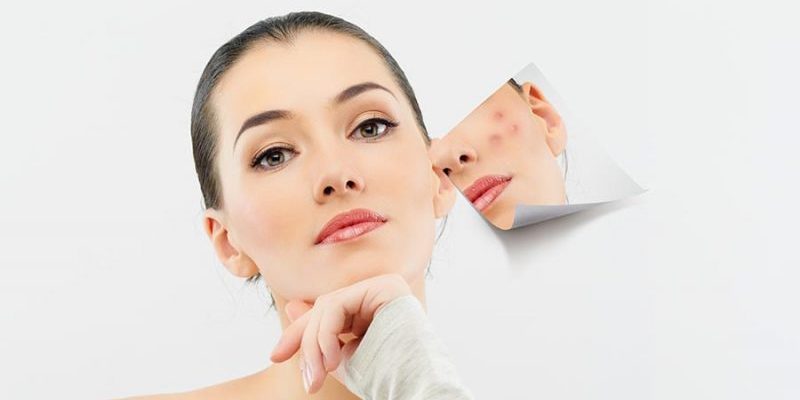
Glycolic Acid’s Benefits For Your Skin
Chemically, glycolic acid belongs to the class of alpha hydroxy acids (AHAs) and is naturally present in the environment. It is most commonly extracted from sugarcane and is a powder made up of colorless crystals in its raw state. This fruit acid is considered as one of the safest alpha hydroxy acids for usage on the skin.
Skin rejuvenation is the primary after-effect of adding this AHA to your skin care routine. Various aspects of a glycolic peel, its benefits, how it is being used as a skin peel, and other details are explained in detail below.
Must Read: What Are The Benefits Of Chemical Peel Treatment?
What Is Glycolic Acid Peel?
A liquid dilution of glycolic acid is made in different concentrations, usually ranging between 20% to 50% and is applied on the skin. It exfoliates the top layers of the skin and hence removes superficial skin concerns. The rough, dry, and damaged skin layer is separated and removed revealing young, fresh, and brighter skin.
Glycolic acid peel is commonly used to treat the following skin conditions –
- Acne
- Acne Scars
- Wrinkles & Fine lines
- Sun damage
- Hyperpigmentation
- Sun tan
- Freckles
- Dull complexion
- Uneven skin tone
- Shrinking large pores
This peel can be followed up by ‘comedone extraction’. Since the surface layer of the skin is exfoliated, it becomes easier to remove blackheads and whiteheads, along with a few small acne. Melasma, a pigmentary skin condition commonly associated with age, can also be lightened by using this peel.
Must Read: Types Of Chemical Peeling Treatments Available In India
Glycolic Peel Benefits
Here are the Glycolic acid peel benefits –
- It is termed as a ‘lunchtime peel’ because of the short duration it requires to complete the treatment.
- It rejuvenates the skin and helps in the skin regeneration process.
- The dull and damaged top layer of the skin is exfoliated taking away the tan with it.
- It brings forward new skin to the surface giving your face a fresh and radiant appearance.
- It lightens sun spots, freckles, age spots, hyperpigmented areas, and acne marks.
- Another benefit of glycolic acid is that it enhances collagen production in the skin and makes the skin more supple.
- It can lighten superficial melasma.
- It helps to replenish the lost moisture in the skin.
- The appearance of fine lines and wrinkles, the two common signs of aging, is also reduced as collagen production improves and the elasticity of the skin is restored with the absorbed moisture.
- Dry and flaky skin is also exfoliated with this peel leaving the skin smooth.
- As the exfoliation process removes dead skin and dirt, the skin pores that were blocked with these impurities get unclogged causing a reduction in the pore size. Large pores that appear prominently on the skin become less noticeable.
- Unclogged pores also mean that the chances of acne breakouts are reduced as accumulated dead skin cells are removed during the peel.
What Does A Glycolic Peel Do?
Glycolic peel is scientifically proven to treat acne, acne scars, post-inflammatory hyper-pigmentation, melasma, photo-damage on the skin, signs of aging, etc.
Glycolic Peel Treatment Procedure
- The process for a glycolic acid peel starts with an initial consultation with the dermatologist at a skin clinic.
- Depending on the skin’s sensitivity and the expected results, the concentration of the acid to be used is decided by the doctor.
- Before beginning the treatment, a pre-care check-up is done to rule out chances of any unrequired reactions. The skin is primed with night creams to get enhanced results.
- The skin to be treated is cleaned thoroughly with a cleanser and a de-greasing solution.
- Before applying the peel on the entire area to be treated, a patch test is conducted to determine the skin’s response to the procedure. This involves applying the peel to a small area of the skin and monitoring for any reactions.
- If no adverse reactions are seen, enough quantity of the liquid is dispensed into a small container so that the peel can be applied to the entire area easily.
- Next, the peel liquid is applied to the designated skin area using a brush and left on the skin for the required amount of time as specified by the dermatologist.
- It is then neutralized or inactivated with a gentle water spritz.
- The skin is wiped gently to remove all traces of the peel.
- After patting the skin dry, a sunscreen is applied to ensure protection from sun damage once you step out of the clinic.
The interval between two successive sessions may range between two to three weeks. the concentration of the peel, the contact time, and the number of sessions is decided by the dermatologist as per the individual’s need, type of skin, and tolerability factor.
All of these effects will leave you with a plump and beaming skin, and an even complexion.
#A Must Watch Video To Learn The Benefits Of Chemical Peeling.
Must Read: Benefits Of TCA Peels
Glycolic Peel’s Before And After Results
After the glycolic peel, the noticeable results are a brighter complexion and lightened spots and marks. You will feel your skin looks fresh and smooth. There will also be a difference in the elasticity of the skin over the course of a few peels. Fine lines and wrinkles will eventually diminish, and your skin tone will become uniform.
Glycolic Acid Peel Cost In India
The cost of the peel depends on the clinic you are availing the service at. The prices vary in different cities in India. This usually depends on the expertise of the dermatologists in the skin clinic and the quality of the ingredients used.
Most clinics offer a package deal as long-lasting effects of the glycolic peel are possible with a set number of treatments. The dermatologist suggests the different chemical peels that are required to treat the skin concern you have to the best abilities. More often than not, a combination treatment is advised wherein the glycolic peel is used cumulatively with another cosmetic treatment.
Must Read: Benefits Of Salicylic Acid Peel
Glycolic Peel’s Recovery Period
Glycolic peel or glycolic facial is a treatment procedure that does not have a recovery period. In other words, there is no downtime after this procedure. You can get back to your usual schedule right after the treatment. If you do experience any redness, it will subside in just a few hours.
Pre And Post Procedure Advice For Glycolic Peel
- Pre-Procedure Advice – Before the procedure, the dermatologist informs you about the uses and effects of the peel. Just before the treatment commences, it is important go through a simple pre-care checklist to ensure safety.
- It is not advised to do this peel at least three to four days before a big event as the skin remains sensitive for this duration after the peel.
- Any parlor activities like threading and waxing on the skin area where the peel is going to applied are also not advised, for a minimum of five to seven days before the peel treatment.
- Apart from these, it is also important to notify the doctor in case you have any dryness, rashes, cuts or abrasions on the area to be treated.
Note: Glycolic acid peel is not recommended for pregnant and lactating women. Also, for people with active blisters on the face, this chemical peel is done only after the infection has cleared up.
Must Read: Benefits Of Jessner Peel
- What To Do After Glycolic Acid Peel?
Once the glycolic peel has been completed, the skin therapist or the dermatologist will give you simple instructions regarding the post-care for the treated skin. This includes –- Use water at normal temperature to wash the skin for the next 24 hours.
- Apply sunscreen every day and this should be done 20 minutes before stepping out into the sun. Reapply the sunscreen or sunblock every three to four hours as its effect wears off after this period.
- Restrain from physical activity like working out in the gym, aerobics, or Zumba to avoid excessive sweating.
- Makeup application is not advised for 24 hours after the treatment.
- Sauna, swimming, and hot tubs should be avoided for the next three days.
- Parlor activities such as waxing, threading, and facials should not be done for the next three days.
- Homemade remedies like face packs and scrubs should not be used for at least two to three days post the peel session.
Must Read: Lactic Acid Peel Before & After Results
The benefits of glycolic peel are plenty as there are many skin concerns that can be treated with it. In addition to the benefits, its safety and efficacy have been tested and proved through the years. Rejuvenated and refreshed skin is easily achievable with this chemical peel!
For more information contact your nearest Oliva Clinic today!
Frequently Asked Questions
Glycolic peels work brilliantly in treating acne, acne scars, hyperpigmentation, melasma, signs of aging, sun damage, wrinkles, etc. and help in bringing nourished and healthy skin from beneath.
Glycolic peel is extremely safe as it is fruit based (sugarcane extract) and is scientifically proven to work good as a superficial peel on the skin. It brings both therapeutic and aesthetic benefits thus rejuvenating the skin.
For skin conditions like acne marks, hyperpigmentation, different types of spots on the skin, tanned skin, fine lines, and wrinkles, glycolic acid is beneficial if used in the right way. The safest way to do this is under the supervision of a skilled dermatologist. It is a cost-effective procedure, which gives substantial results. For a quick solution for multiple skin concerns, you can definitely opt for this peel.
Glycolic acid peels can be used every 3 to 4 weeks and in total 6-8 treatments must be taken to get best results. Since glycolic peels have an aggregated impact, thus using them consistently helps in bringing rejuvenated benefits for the skin. Follow-up with maintenance sessions every 1-2 months, as this will help maintain and enrich the results.What percent glycolic acid peel Is effective?
Ideally a low concentration must be used at the beginning and slowly the strength of the peel can be increased in subsequent sessions. Dermatologists use concentrations beginning from 10%, 20% (usually for mild conditions), 30%, 40% and 50% (usually for moderate conditions), 60% and 70%(usually for severe condition), but these concentrations are largely based on the individual skin type, condition and patch test evaluation.
It is recommended to not use any over the counter glycolic peels and dilute at home. There are certain sterile precautions to be followed in diluting them and manufacturers have specific products for each strength of glycolic acid.
Microdermabrasion is a physical exfoliation of the skin while glycolic peel is a chemical exfoliation. Both use different approach where-in a specific sharp edged diamond shaped instrument is used in microdermabrasion to scale the upper skin layers. But for glycolic peel the alphahydroxy acid (chemical agent) used penetrates deep into the skin and helps in removing the upper dead skin layers by controlled chemical exfoliation.
Allergic reactions are rare with a glycolic acid peel. If a substantial degree of redness is observed by the dermatologist, the peel is immediately neutralized in that particular spot or on the entire face, depending on how the skin is reacting to it. In very rare cases, frosting might be observed in the form of crystallization of the peel, in tiny spots on the skin. This is also taken care of by immediate neutralization of the peel and use of certain soothing creams for 2-3 days or as advised by the dermatologist.
History


